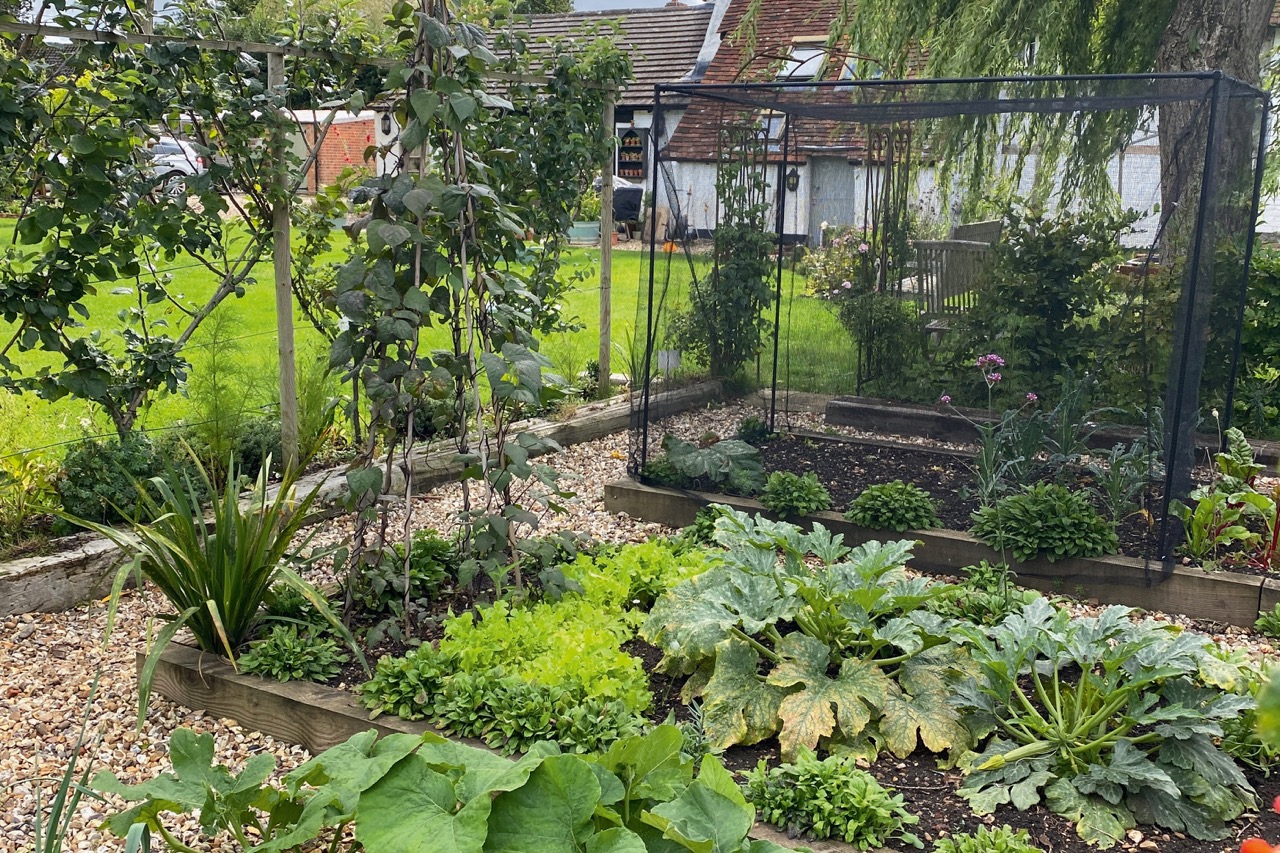

Articles
What Is A Kitchen Garden
Modified: January 22, 2024
Discover the joys of gardening with a kitchen garden. Learn how to grow your own fresh herbs, fruits, and vegetables right at home. Enhance your cooking skills and embrace a sustainable lifestyle.
(Many of the links in this article redirect to a specific reviewed product. Your purchase of these products through affiliate links helps to generate commission for Storables.com, at no extra cost. Learn more)
Introduction
Gardening is a popular hobby that not only brings joy and relaxation but also provides an opportunity to cultivate fresh fruits, vegetables, and herbs. One specific type of gardening that has gained immense popularity in recent years is the kitchen garden. A kitchen garden refers to a small, well-planned garden space specifically dedicated to growing edible plants.
The concept of a kitchen garden is not new; in fact, it has been practiced for centuries. Traditionally, people used to have a small patch of land near their kitchen where they grew vegetables and herbs for their daily culinary needs. In today’s fast-paced world, however, kitchen gardens have become more of a necessity than a luxury, as people are increasingly seeking ways to have fresh, organic produce available at their fingertips.
What sets a kitchen garden apart from a regular vegetable garden is its strategic design and proximity to the kitchen. It is designed to be easily accessible, allowing the gardeners to harvest fresh ingredients without having to walk a long distance. Whether you have a large backyard or limited space on a balcony, a kitchen garden can be created anywhere with a bit of careful planning and creativity.
The kitchen garden is not just about growing your food; it is a way of connecting with nature, fostering self-sufficiency, and reducing your carbon footprint. It promotes sustainable living and encourages individuals to be more conscious of what they consume. Additionally, having a kitchen garden can also be a great educational tool for children, teaching them about the importance of nutrition, gardening, and where their food comes from.
In this article, we will explore the various benefits of having a kitchen garden, the steps involved in planning and designing one, choosing the right plants for your kitchen garden, maintenance tips, and how to make the most out of the produce you harvest. Whether you are a seasoned gardener or a beginner, this guide will provide you with all the necessary information to start and maintain a successful kitchen garden.
Key Takeaways:
- Embrace sustainable living and enjoy the rewards of fresh, organic produce by creating a kitchen garden. It’s a practical, rewarding, and educational endeavor for all gardening enthusiasts.
- Cultivate a kitchen garden to connect with nature, reduce your carbon footprint, and savor the joy of harvesting and utilizing homegrown fruits, vegetables, and herbs. It’s a gateway to sustainable and fulfilling living.
Read more: What Gardeners Need
Definition of a Kitchen Garden
A kitchen garden, also known as a potager garden, is a specially designed garden space dedicated to growing edible plants such as vegetables, herbs, and fruits. It is usually located near the kitchen or within easy reach of the house, allowing for quick access to fresh ingredients for cooking.
What sets a kitchen garden apart from a traditional vegetable garden is its combination of functionality and aesthetics. Unlike a regular vegetable garden that focuses solely on productivity, a kitchen garden incorporates design elements to create an attractive and visually appealing space. It is designed to be both practical and decorative, blending the beauty of ornamental plants with the functionality of growing edibles.
The layout and organization of a kitchen garden are carefully planned to optimize the use of available space. Raised beds, containers, or even vertical gardening techniques are often utilized to maximize the productivity of the garden. The plants are strategically arranged based on their growth habits, ensuring proper placement for sunlight, shade, and optimal utilization of resources.
Typically, a kitchen garden includes a diverse range of plants, including vegetables, herbs, fruits, and even edible flowers. The selection of plants is usually based on personal preferences, culinary needs, and the climate of the region. By growing a variety of plants, the kitchen garden can provide a continuous supply of fresh, organic produce throughout the growing season.
The size of a kitchen garden can vary depending on available space and individual preferences. It can range from a small raised bed or a few containers on a balcony to a larger backyard garden. Even those with limited space can create a functional kitchen garden by utilizing vertical gardening techniques or growing herbs and vegetables in containers.
Benefits of a Kitchen Garden
Having a kitchen garden offers numerous benefits that go beyond just the pleasure of gardening. Here are some of the key advantages of cultivating a kitchen garden:
- Access to Fresh, Nutritious Produce: One of the major benefits of a kitchen garden is the ability to harvest fresh, organic produce right from your backyard. Unlike store-bought produce that may have been harvested weeks ago and transported long distances, homegrown fruits, vegetables, and herbs are packed with nutrients and offer superior taste.
- Cost Savings: Growing your own food can significantly reduce grocery bills. With a kitchen garden, you can potentially eliminate or decrease the need to buy certain vegetables and herbs from the store. Additionally, the cost of gardening supplies and seeds is often much lower than purchasing the same amount of produce from the market.
- Control Over Pesticides and Chemicals: When you grow your own food, you have complete control over the use of pesticides and fertilizers. By choosing organic gardening methods, you can ensure that your produce is free from harmful chemicals and pesticides, promoting a healthier lifestyle for you and your family.
- Enhances the Flavor of Meals: There is something truly satisfying about incorporating freshly picked herbs and vegetables into your meals. The flavors and aromas of homegrown produce are unparalleled, elevating the taste of your dishes to a whole new level.
- Promotes Sustainable Living: A kitchen garden is an environmentally friendly way to live. By growing your own food, you reduce the carbon footprint associated with transporting and packaging store-bought produce. Additionally, kitchen gardens promote biodiversity by providing habitats for beneficial insects and wildlife.
- Improved Mental and Physical Well-being: Gardening is a therapeutic activity that can reduce stress, improve mood, and provide a sense of fulfillment. Spending time outdoors, nurturing plants and observing their growth, has been proven to have positive effects on mental health. Additionally, tending to a garden involves physical activity, helping to maintain a healthy lifestyle.
- Educational Opportunities: Kitchen gardens are ideal for teaching children about nature, the environment, and the importance of healthy eating. Engaging kids in the process of planting, growing, and harvesting their own food fosters a deeper understanding and appreciation for the natural world.
These benefits highlight why a kitchen garden is not just a trending activity but a practical and rewarding endeavor. Whether you are looking to save money, enjoy fresh produce, or simply embrace a sustainable lifestyle, a kitchen garden can be a valuable addition to your life.
Planning and Designing a Kitchen Garden
Planning and designing a kitchen garden is an important step to ensure its success and productivity. Here are some key factors to consider when creating your kitchen garden:
- Location: Choose a location for your kitchen garden that receives adequate sunlight and is easily accessible from the kitchen. Ideally, it should have a minimum of six hours of direct sunlight per day for most vegetables and herbs to thrive. If you have limited space, consider utilizing containers, vertical gardening techniques, or even community garden plots.
- Size and Layout: Determine the size and layout of your kitchen garden based on the available space and your gardening goals. Consider factors like the number of people in your household, the types of plants you want to grow, and the amount of time you can commit to maintenance. Raised beds or rectangular plots are popular choices that provide efficient use of space and easy maintenance.
- Soil Preparation: Before planting, prepare the soil by removing weeds, breaking up compacted soil, and incorporating organic matter like compost or aged manure. This improves soil fertility, drainage, and nutrient availability, creating an optimal environment for plant growth.
- Plant Selection: Choose plants that are suitable for your climate, available space, and personal preferences. Consider factors like plant height, spread, and growth habit. Opt for a mix of vegetables, herbs, and fruits that can provide a variety of flavors and harvest throughout the growing season.
- Companion Planting: Incorporate companion planting techniques in your kitchen garden. Companion plants have mutually beneficial relationships when grown together. For example, planting marigolds can deter pests, while planting herbs like basil and parsley near tomatoes can improve their growth and flavor.
- Watering and Irrigation: Provide adequate watering and irrigation to your kitchen garden, especially during dry spells or hot weather. Consider installing a drip irrigation system or using a soaker hose to ensure efficient water usage and minimize water wastage.
- Maintenance: Regular maintenance is crucial for a thriving kitchen garden. This includes tasks like weeding, pruning, mulching, and fertilizing. Keep a calendar to track planting and harvesting dates and monitor for pests and diseases to take timely action.
- Succession Planting: To ensure a continuous harvest, practice succession planting. This involves sowing seeds or planting seedlings in stages, allowing for a staggered harvest throughout the season and maximizing the use of available space.
Remember to be flexible and adapt based on your specific circumstances. Experiment with different layouts, plant combinations, and gardening techniques to discover what works best for you. With proper planning and design, your kitchen garden will not only be a productive and attractive space but also a source of joy and satisfaction.
Consider the layout and size of your kitchen garden to ensure it fits your available space and sunlight exposure. Plan for easy access and maintenance.
Choosing the Right Plants for a Kitchen Garden
When it comes to selecting plants for your kitchen garden, there are a few factors to consider such as your climate, available space, and personal preferences. Here are some tips to help you choose the right plants:
- Climate: Consider the climate of your region when selecting plants for your kitchen garden. Some plants thrive in hot and sunny conditions, while others prefer cooler temperatures. Check the hardiness zone of your area to determine which plants are most suitable for your climate.
- Space: Assess the available space in your kitchen garden and choose plants that fit within the constraints of the area. Consider the height, spread, and growth habit of the plants to ensure they have enough space to grow and thrive without overcrowding.
- Seasonal Varieties: Select a mix of cool-season and warm-season crops to maximize your harvest throughout the year. Cool-season crops like lettuce, spinach, and radishes can be planted in early spring or fall, while warm-season crops like tomatoes, peppers, and cucumbers are best planted when the soil has warmed up.
- Herbs: Herbs are must-have plants in a kitchen garden, adding fragrance and flavor to your dishes. Choose herbs that you frequently use in your cooking such as basil, parsley, rosemary, thyme, and mint. They are relatively easy to grow and can be grown in containers or as borders around your garden beds.
- Compact Varieties: If you have limited space, look for compact or dwarf varieties of vegetables and fruits. These varieties are bred to take up less space while still producing a good harvest. For example, consider cherry tomatoes, bush beans, and mini bell peppers for smaller gardens or containers.
- Perennial Plants: Incorporate some perennial plants into your kitchen garden to enjoy a continuous harvest year after year. Perennials like strawberries, rhubarb, and perennial herbs such as thyme and sage will come back each season, reducing the need for replanting.
- Variety and Diversity: Aim for a diverse selection of plants to make your kitchen garden more interesting and ensure a wider range of flavors. Include staple vegetables like carrots, lettuce, and onions, as well as more unique and exotic varieties like purple cauliflower, heirloom tomatoes, or lemon balm.
- Consider Your Preferences: Ultimately, choose plants that you and your family will enjoy eating. Consider your culinary preferences and the types of dishes you frequently cook. If you love salads, prioritize lettuce, spinach, and arugula. If you enjoy Italian cuisine, include tomatoes, basil, and oregano.
Remember to read the plant labels or do some research to understand each plant’s specific growing requirements, including sunlight, watering, and spacing needs. By selecting the right plants for your kitchen garden, you can create a diverse and productive space that caters to your taste preferences and ensures a bountiful harvest.
Read more: What Do Gardeners Do
Maintaining a Kitchen Garden
Maintaining a kitchen garden is essential to ensure healthy plant growth, maximum productivity, and a thriving ecosystem. Here are some key maintenance tasks to keep your kitchen garden in excellent condition:
- Weeding: Regularly remove weeds from your kitchen garden to prevent them from competing with your plants for nutrients, water, and sunlight. Use hand tools or a hoe to gently remove weeds, taking care not to disturb the roots of your desirable plants.
- Watering: Provide adequate water to your plants to keep them hydrated, especially during hot and dry periods. Water deeply and at the base of the plants to promote deep root growth. Avoid overhead watering as it can lead to leaf diseases and excessive moisture on foliage.
- Mulching: Apply a layer of organic mulch, such as straw, shredded leaves, or wood chips, around your plants. Mulching helps to conserve moisture, suppresses weed growth, and moderates soil temperature. Additionally, it adds organic matter as it breaks down, improving soil fertility.
- Pruning and Training: Regularly prune your plants to remove dead or diseased parts and promote better airflow and sunlight penetration. For vining crops like tomatoes or cucumbers, provide proper support with stakes, trellises, or cages to keep them off the ground and maximize space.
- Fertilizing: Maintain soil fertility by providing regular fertilization. Use organic fertilizers or compost to enrich the soil with essential nutrients. Follow the recommended application rates for each plant type, considering factors like plant growth stage and specific nutrient requirements.
- Pest and Disease Control: Monitor your plants regularly for signs of pests or diseases. Handpick and remove any visible pests, such as caterpillars or slugs. Utilize natural pest control methods, such as introducing beneficial insects or using organic insecticides if necessary. Remove any infected or diseased plants to prevent the spread of diseases.
- Harvesting: Harvest your crops at the right time to ensure peak flavor and texture. Regularly check for ripe fruits, herbs, and vegetables and harvest them promptly. This also encourages continuous production and prevents overripening or spoilage.
- Crop Rotation: Practice crop rotation to prevent the buildup of pests and diseases in the soil. Rotate plants from different families each growing season to help maintain soil health and reduce the risk of pest problems.
- Observation and Adjustment: Continuously observe your plants for any signs of stress, nutrient deficiencies, or excessive growth. Adjust your gardening practices accordingly, such as providing additional support for heavy fruiting plants or adjusting watering schedules based on weather conditions.
Maintaining a kitchen garden requires regular attention and care, but the rewards are well worth the effort. By implementing these maintenance practices, you can create an environment that promotes healthy plant growth, prevents problems, and ensures a thriving and productive kitchen garden.
Harvesting and Utilizing the Produce from a Kitchen Garden
One of the most gratifying aspects of having a kitchen garden is the opportunity to harvest and enjoy the fruits of your labor. Here are some tips on how to optimize your harvest and make the most out of the produce from your kitchen garden:
- Harvesting at the Right Time: Harvest vegetables and herbs at their peak ripeness for the best flavor and texture. Different plants have different indicators of readiness, such as color, size, or firmness. Consult gardening resources or seed packets for specific harvesting guidelines for each plant.
- Harvesting Methods: Use appropriate harvesting techniques to avoid damage to your crops. For leafy greens and herbs, use sharp scissors or garden shears to cut the outer leaves or stems. For root vegetables, gently loosen the soil around them before pulling them out. For fruits like tomatoes or peppers, carefully twist or cut them from the plant.
- Harvest Regularly: Harvest your crops frequently to prevent overripening and encourage continuous production. Regular harvesting also prevents the plants from becoming overcrowded and allows for better airflow and light penetration, reducing the risk of diseases.
- Preserving and Storing: If you have a surplus of produce, consider preserving it for later use. Methods like freezing, canning, fermenting, or dehydrating can help extend the shelf life of your harvest and allow you to enjoy homegrown produce throughout the year.
- Cooking and Sharing: Utilize your freshly harvested produce in your culinary creations. Get creative in the kitchen and incorporate your homegrown vegetables, herbs, and fruits into a variety of dishes. Share the abundance with friends, neighbors, or local community organizations to spread the joy of homegrown food.
- Herb Drying and Storage: Dry herbs by hanging them upside down in a cool, well-ventilated area. Once dried, remove the leaves from the stems and store them in airtight containers. Label the containers with the herb name and date of drying for easy identification.
- Seed Saving: Consider saving seeds from your kitchen garden to use in future seasons. Allow a few plants to fully mature and produce seeds. Harvest the seeds, clean and dry them thoroughly, and store them in a cool, dry place. Proper seed storage ensures the viability of the seeds for the next planting season.
- Creative Meal Planning: Design your meals around the vegetables and herbs you harvest from your kitchen garden. Experiment with new recipes and explore different cooking methods to highlight the freshness and flavors of your homegrown produce. Embrace the joy of farm-to-table dining in your own home.
- Exchanging with Others: Consider participating in a local or online produce exchange program where you can trade or share your surplus produce with other gardeners. This allows you to diversify your harvest and try new things while fostering a sense of community.
The joy of harvesting and utilizing the produce from your kitchen garden is a rewarding experience. It not only provides you with fresh and nutritious food but also connects you to the seasons, the earth, and the joy of growing your own. Cherish the flavors, share the abundance, and savor the satisfaction of enjoying the fruits of your kitchen garden.
Conclusion
A kitchen garden is not just a patch of land or a collection of plants; it is a gateway to a sustainable and rewarding lifestyle. By dedicating a space in your backyard or even utilizing containers on a balcony, you can grow your own fresh, organic produce while enjoying the many benefits it offers.
From the pleasure of working with your hands in the soil to the joy of harvesting and utilizing your homegrown fruits, vegetables, and herbs, a kitchen garden provides numerous rewards. Not only does it allow you to access fresh, nutritious produce right at your fingertips, but it also saves you money and reduces your carbon footprint.
Creating and maintaining a kitchen garden requires thoughtful planning, strategic design, and ongoing care. Consider factors like location, plant selection, soil preparation, and maintenance tasks such as watering, fertilizing, and pest control. Remember to adapt and experiment, finding what works best for your space, climate, and personal preferences.
Not only does a kitchen garden offer practical benefits, but it also provides an opportunity to connect with nature, improve physical and mental well-being, and educate yourself and others about the importance of sustainable living. It is a journey of self-sufficiency, creativity, and appreciation for the natural world.
So, whether you are a seasoned gardener or a beginner, consider starting a kitchen garden of your own. Embrace the pleasure of growing your own food, nurturing plants, and enjoying the flavors and freshness that only homegrown produce can provide.
With a little effort, planning, and dedication, you can experience the satisfaction of seeing your kitchen garden thrive and flourish. Let the beauty and abundance of nature inspire you as you embark on this fulfilling gardening adventure. Remember, every harvest is a celebration of your hard work and the joy of savoring the fruits of your kitchen garden.
Frequently Asked Questions about What Is A Kitchen Garden
Was this page helpful?
At Storables.com, we guarantee accurate and reliable information. Our content, validated by Expert Board Contributors, is crafted following stringent Editorial Policies. We're committed to providing you with well-researched, expert-backed insights for all your informational needs.
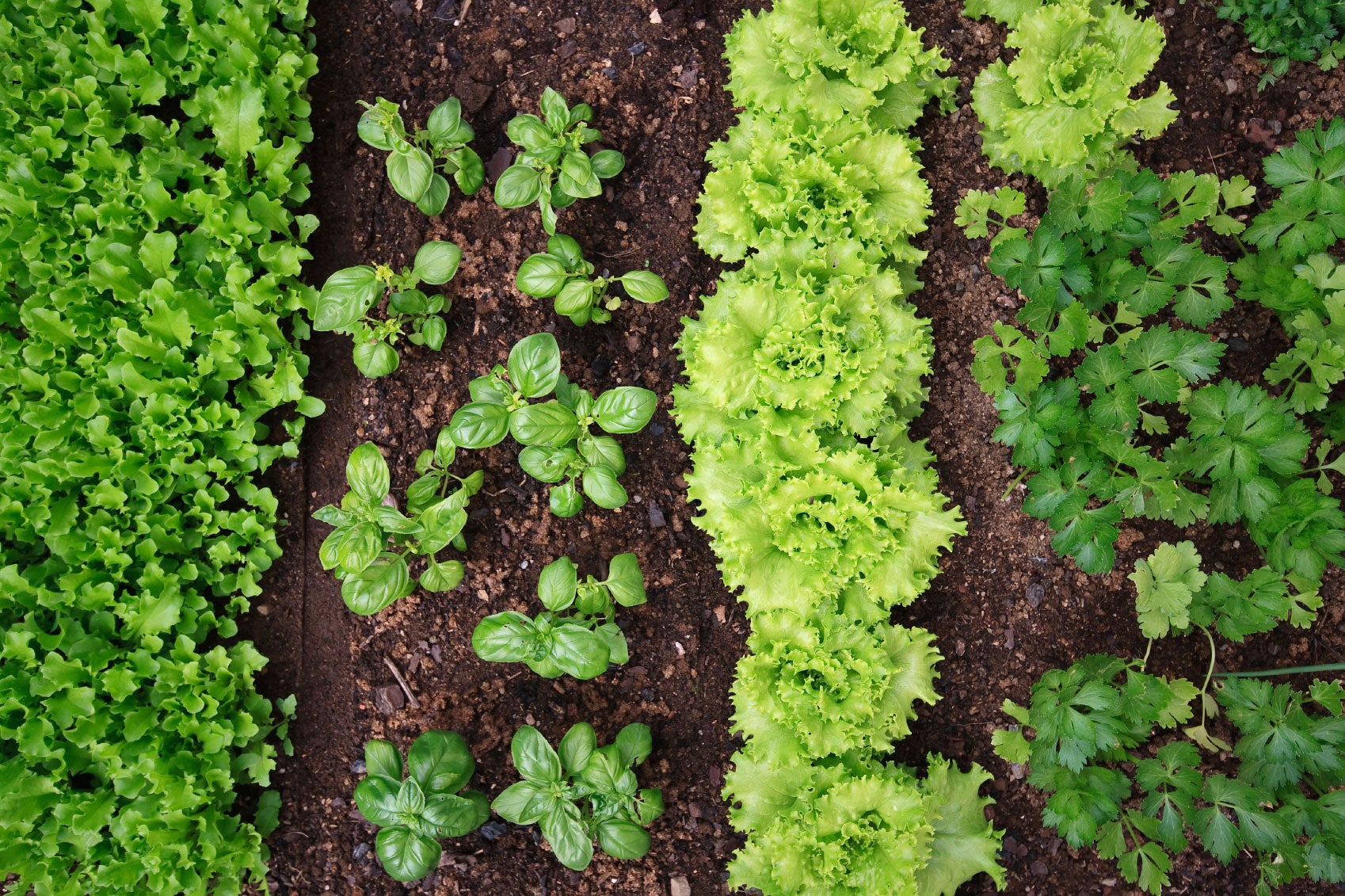
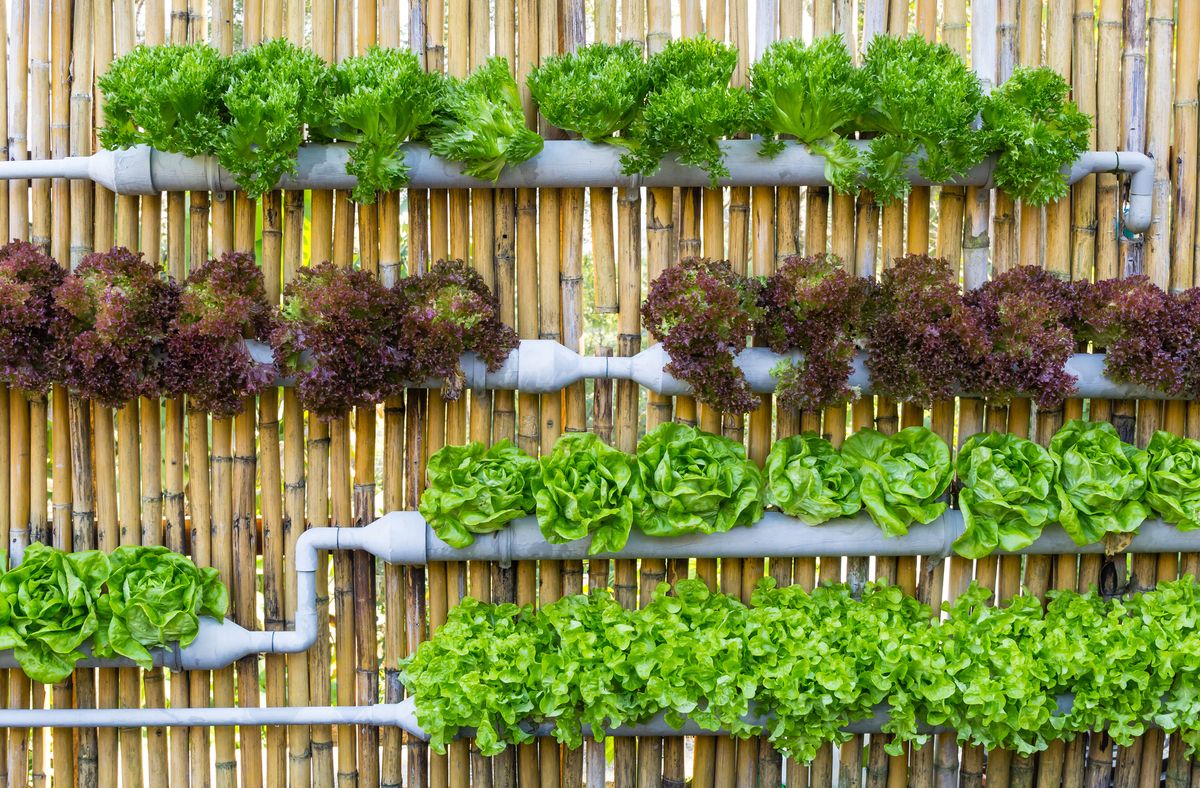


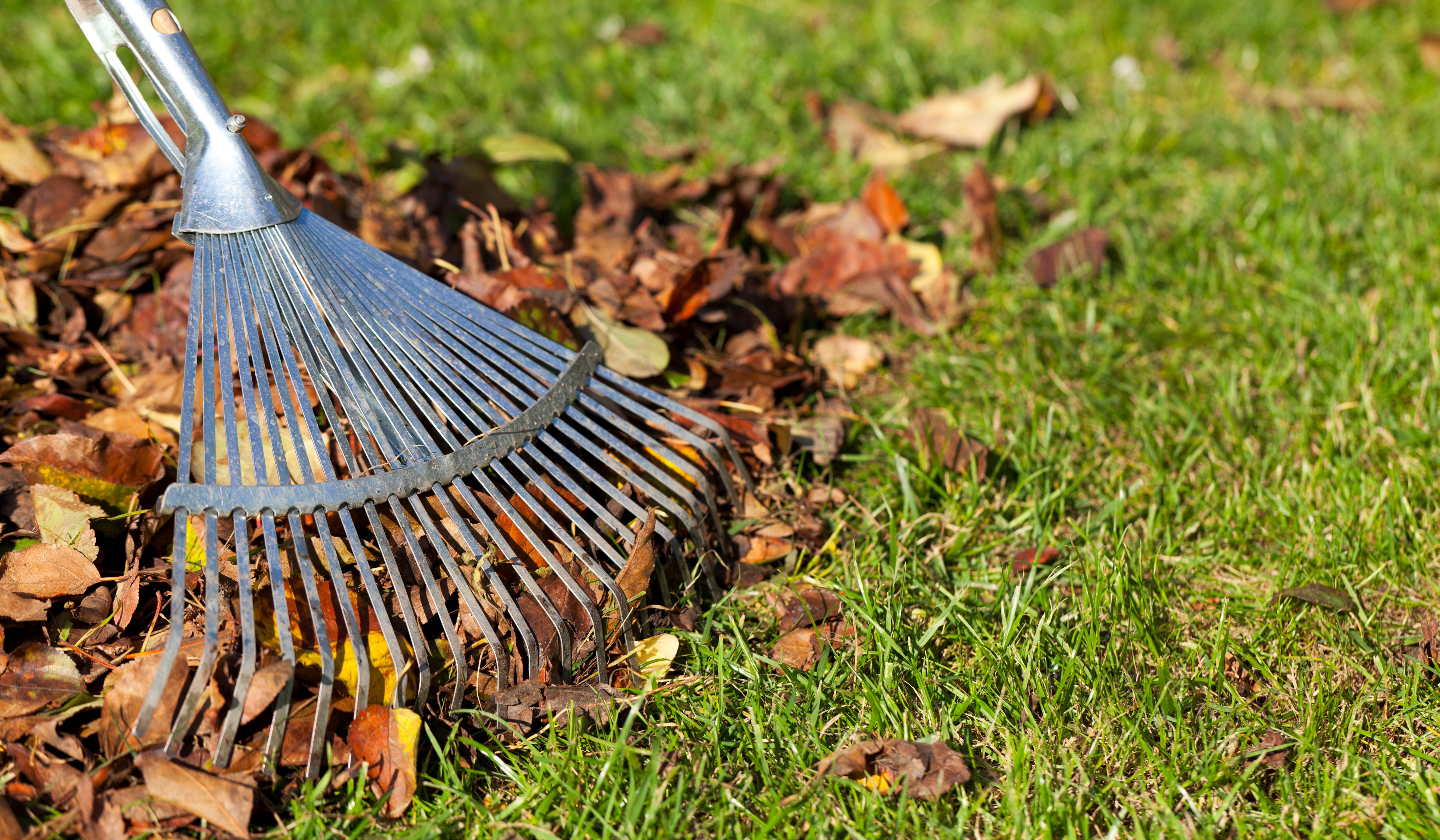
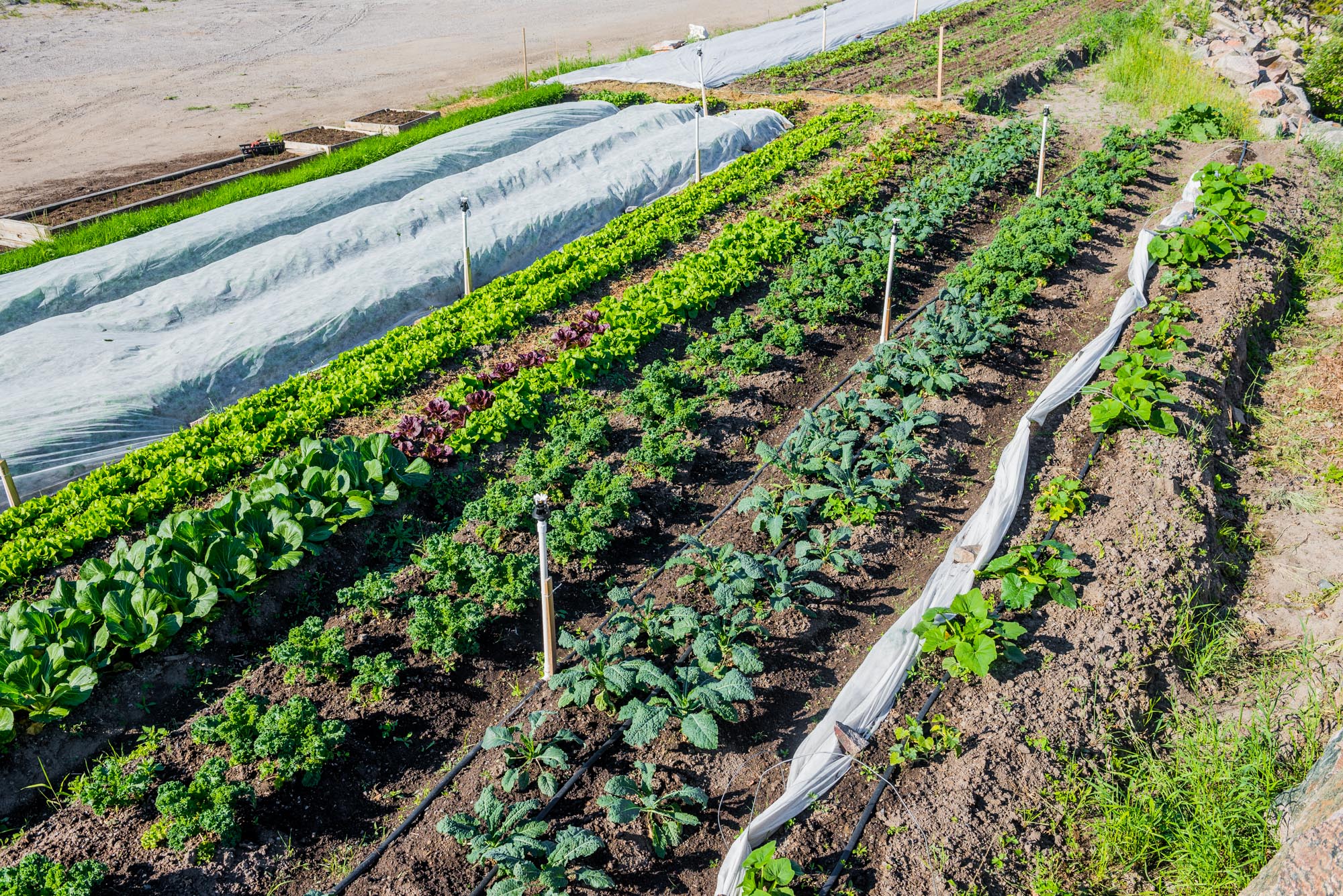
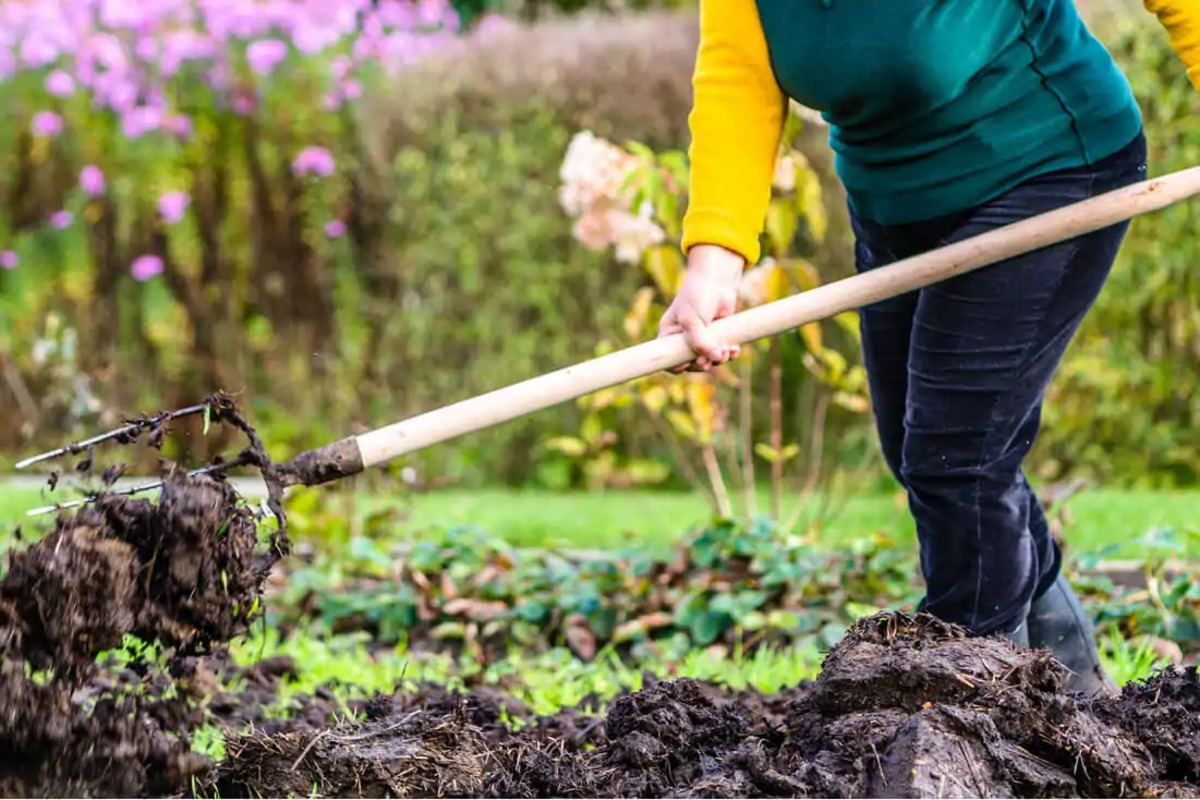
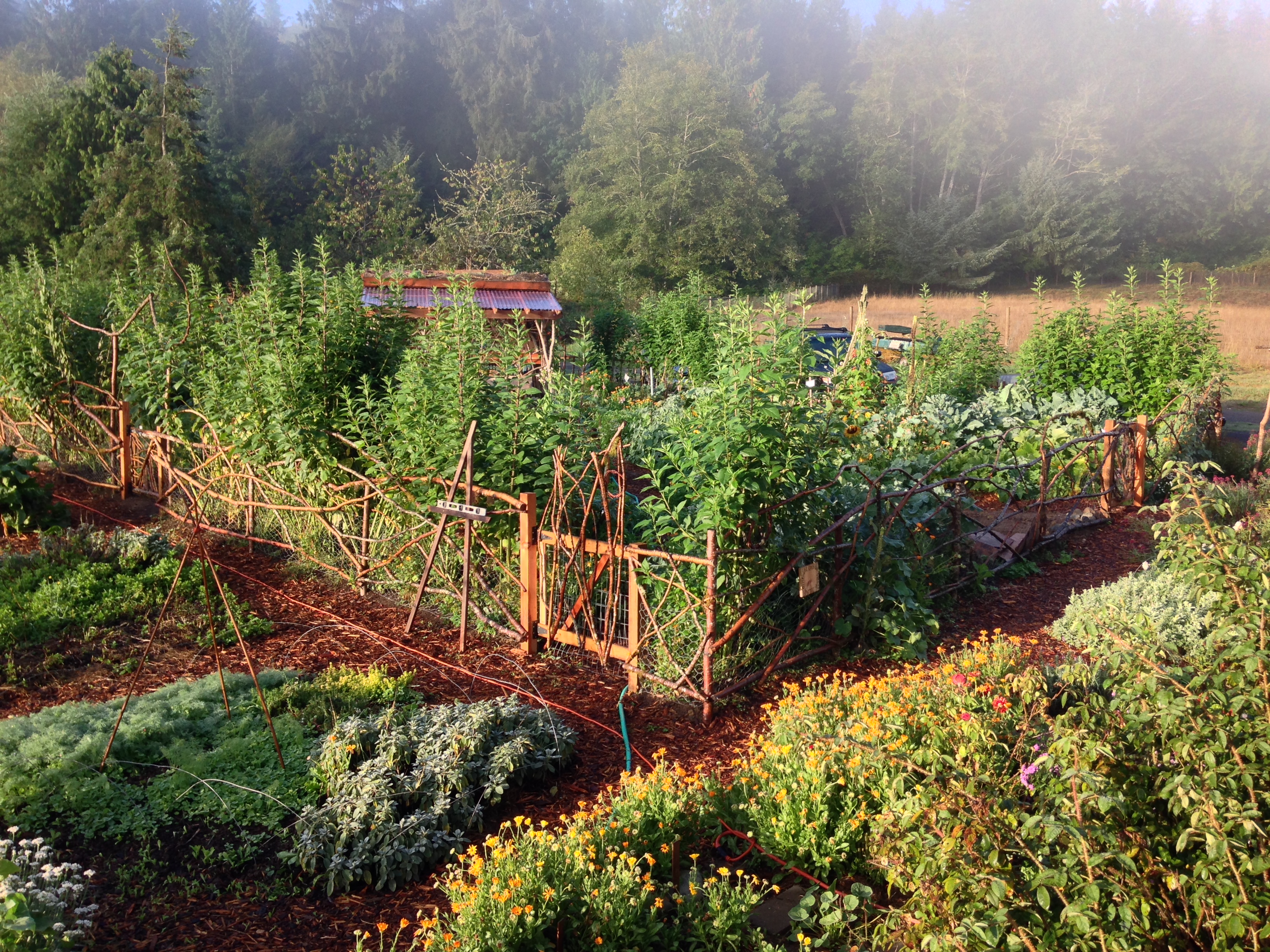

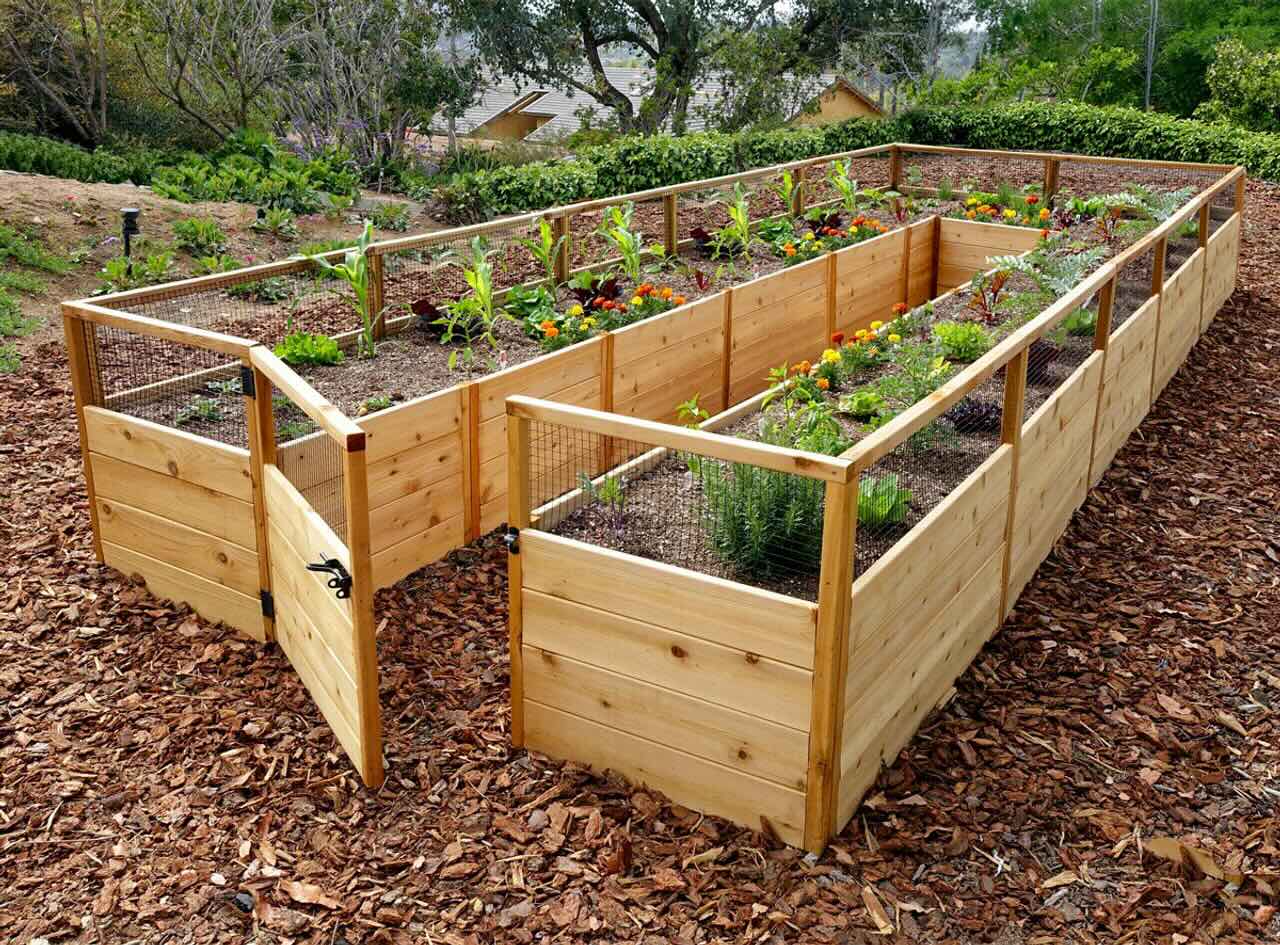
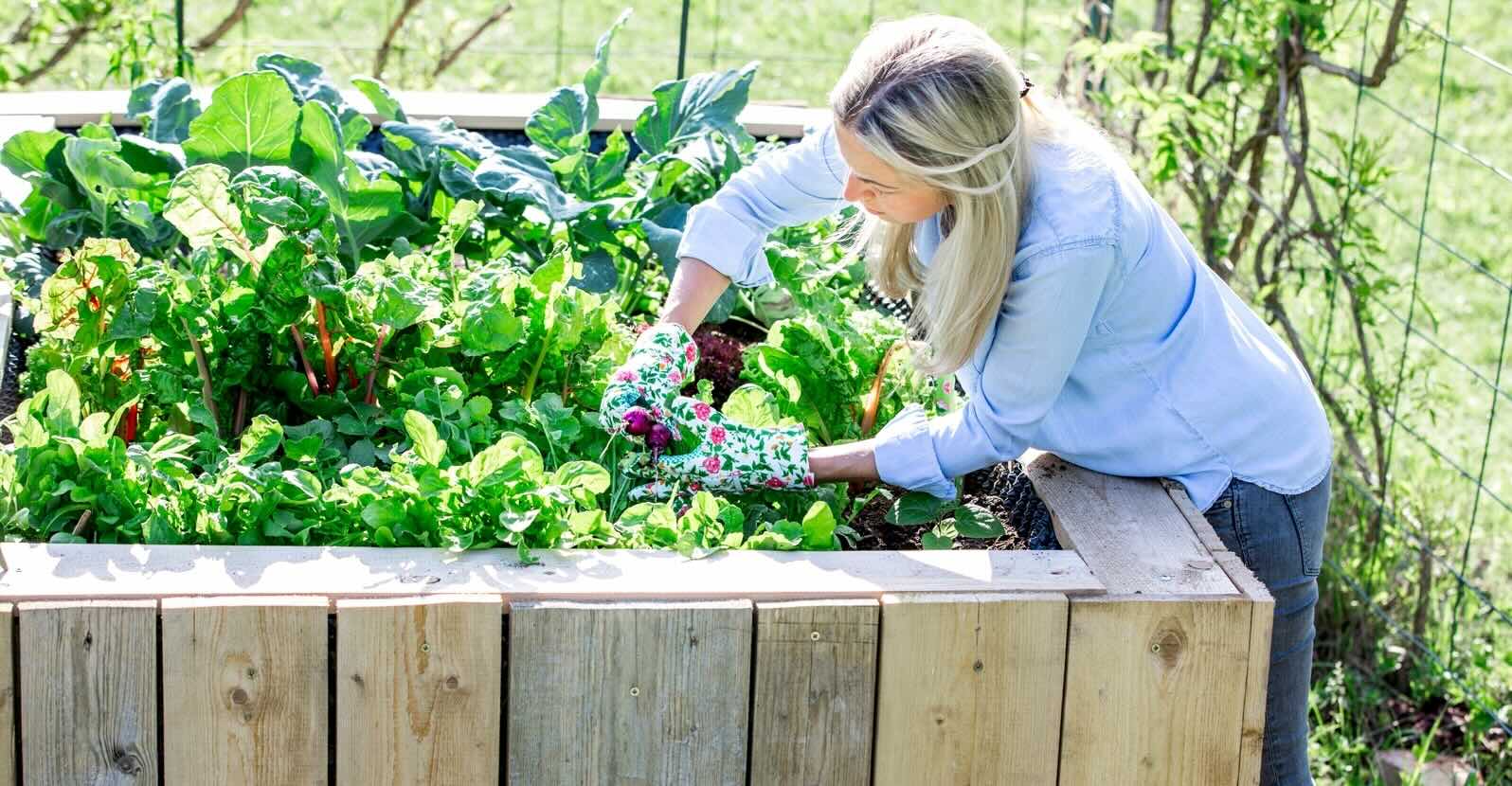
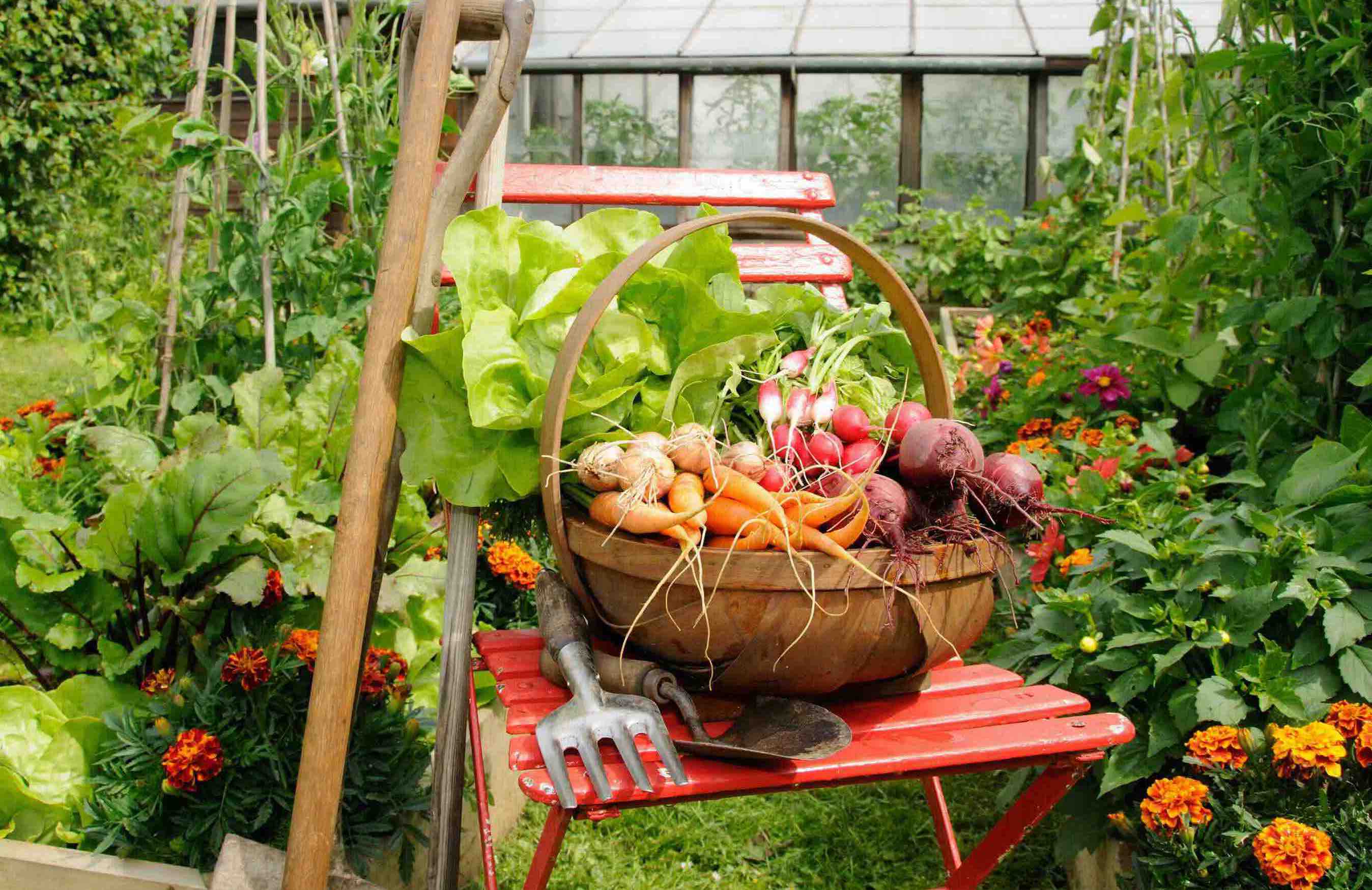
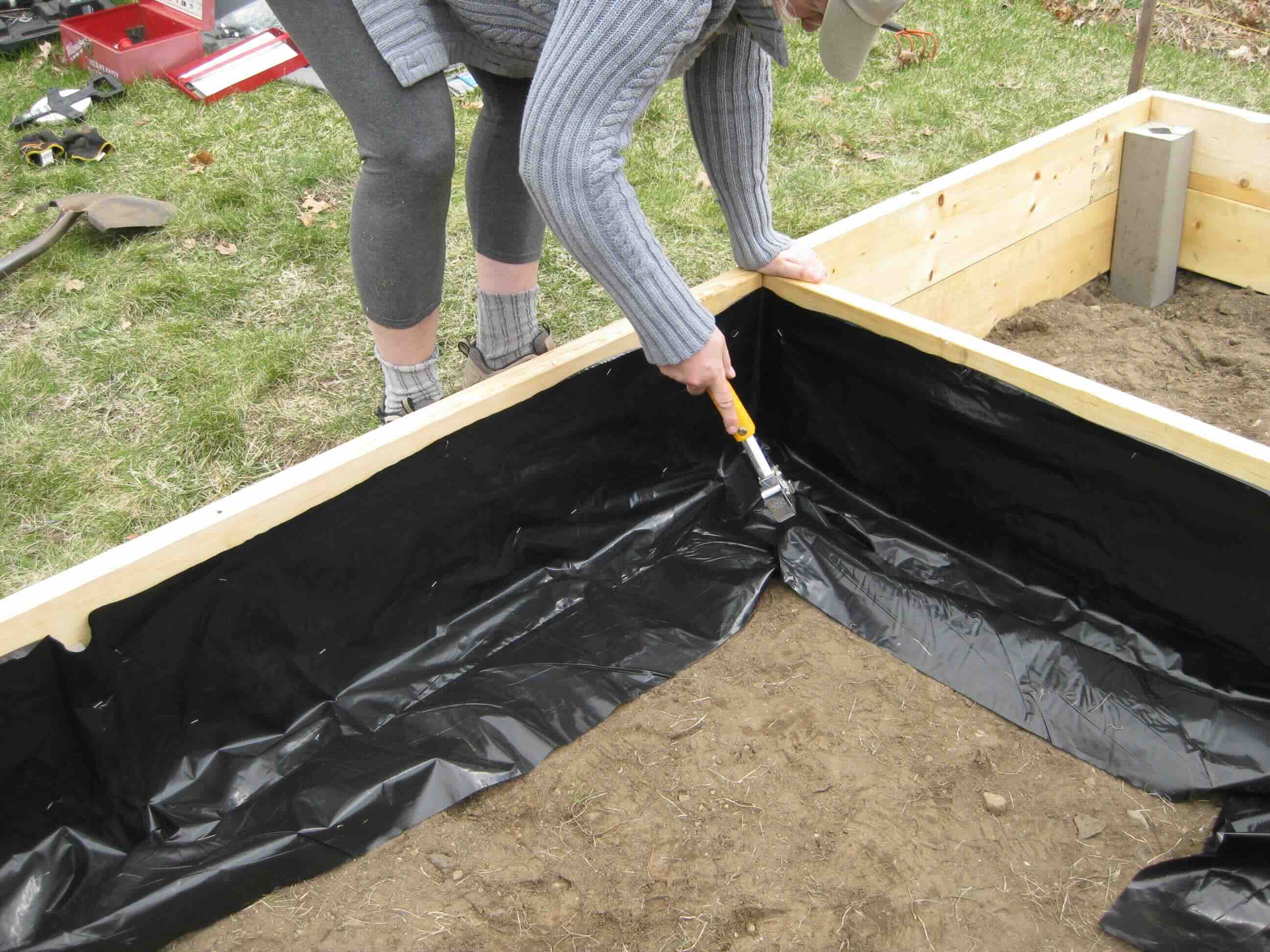


0 thoughts on “What Is A Kitchen Garden”